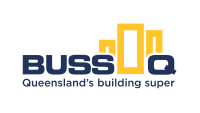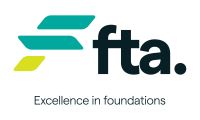- Home
- Services & advice
- Health, safety & environment
- Common hazards
- Underground & overhead services
Underground & overhead services
Menu
- Membership
-
Services & advice
- Building, planning & development
- Contracts & disputes
- Employment & wages
-
Health, safety & environment
-
Common hazards
- 10 critical risk events and controls
- Asbestos
- Bullying & harassment
- Chemicals
- Confined spaces
- Electricity
- Excavation
- Falling objects
- Fatigue
- Heat-induced illness
- Heights
- Manual tasks
- Mobile plant
- Noise
- Psychosocial Hazards at Work
- Power tools
- Severe weather
- Silica
- Site security
- Sun & ultraviolet rays
- Storage & housekeeping
- Underground & overhead services
- Health & Safety Representatives (HSRs)
- Incident management
- Mental Health
- Risk management
- Safety documents & signage
- Safety health checks
- WHS self assessment tool
- COVID-19
-
Common hazards
- Laws, codes & regulations
- Licensing
- Members Legal
- Products
- Training
- What's on
- News & publications
- Homeowners
- About
- Contact
- Terms & conditions
Construction activities performed below ground level or in areas where overhead electricity and communication services are delivered are heavily regulated.
Avoid contact with service lines because accidental contact with overhead power or breaking through underground gas, sewer or telecommunication lines can result in fatalities, significant fines and costly outlays to restore interrupted services.
The four main types of services are:
- Electricity
- Gas
- Telecommunications
- Sewerage and stormwater.
Planning and risk assessment
It's important to identify where service lines are located right from the planning and design stage of your project, instead of when you begin working on-site. This includes making a 'Before you dig' enquiry at least two days before any excavation work to find out relevant information about any underground services located in the excavation area.
When working with overhead services, it’s mandatory to contact the network owner for safety advice if works will encroach on the exclusion zone. The network owner should advise you of the line type, voltage and potential actions to take to manage the risk of electrocution.
If you’re a principal contractor, you're responsible for relaying the information to any subcontractors that may come into contact with the services.
During the project, follow safe work practices and communicate them to your workers to ensure lines aren’t cut and exclusion zones aren’t breached.
Control measures
Control measures for preventing contact with service lines will vary depending on the type of service, its location, the works to be undertaken and the proximity of the works to the service.
After consulting with 'Before you dig’ or the network owner, you may be required to use one or more of the following controls to prevent injury or equipment damage:
- Relocation of the service by the line owner
- Temporary de-energising of the service
- Setting exclusion zones and using trained spotters
- Lock-outs on plant booms and telescopic arms to prevent movement into exclusion zones
- Pot-holing with hand tools.
Need more information?
If you haven’t found the answer to your questions on our website, give us a call or email us.





